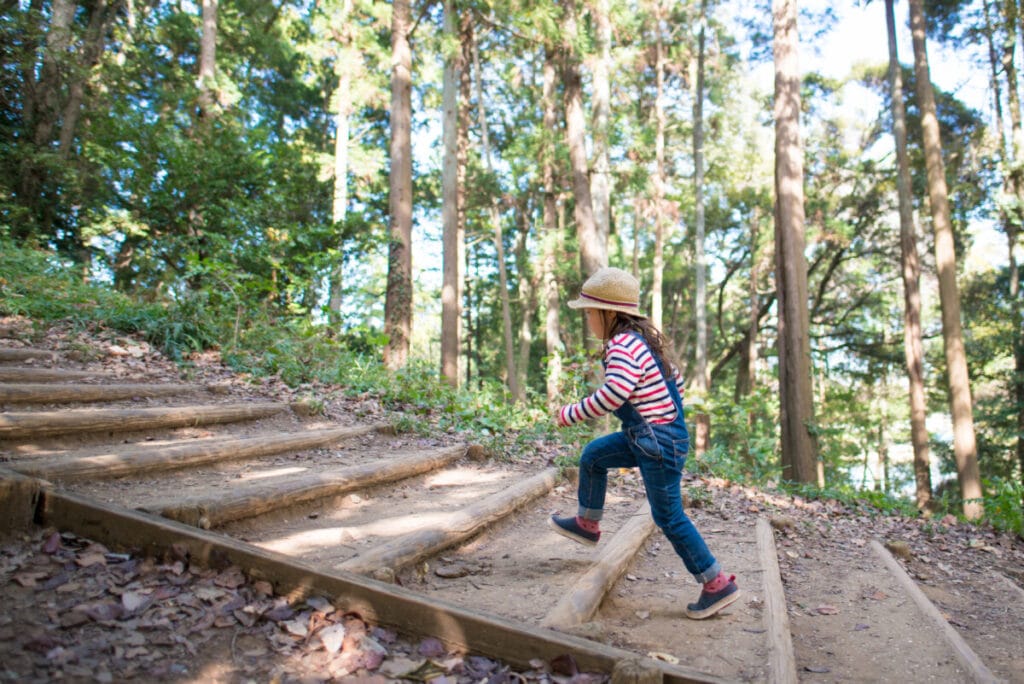2nd Grade Homeschool: How Long Should Each Day Be?

As anyone who has homeschooled a 2nd grader knows, they can get restless. How long should their school days be?
Most 2nd grade homeschool parents spend about 2.5 – 4 hours per day on core academic concepts. Some states have laws regarding time or milestones for a school day, which parents should be aware of.
In the end, the choice of how long each school day lasts should be focused on the child. For more information on making this decision, keep reading below.
What Does a 2nd Grader Need in School?

Every 2nd grader needs to study reading, writing, math, science, and history, along with other elective subjects like art or music. There are some milestones to aim for, like sight-reading words, but part of the great thing about homeschooling is having the flexibility to meet your child’s needs.
Several sites offer milestone trackers to help a parent visualize what their child is learning, as well as provide documentation for later in the child’s life. Additionally, lists of developmental milestones can help a parent track their child’s overall progress since they don’t have a teacher for backup.
Many parents choose to homeschool because their child has a learning difference, like autism, ADHD, or dyslexia, that couldn’t be properly addressed in the school system. Homeschool allows a parent to meet those needs by either advancing curriculum or taking things a little more slowly.
Different states have different requirements for homeschooling parents. Some require timesheets and submission of curriculum, while others leave all the decisions up to the parents of the child. Most states even offer free online school curriculum for families to use, which parents can tailor to meet their child’s needs!
If there is something a parent struggles to teach, like reading, math, or science, or if the child needs something like speech therapy, it would be good for the parent to reach out for help. Co-ops of homeschooling parents, online teachers and tutoring, and professional tutors or therapists are all resources a parent can use to meet their family’s needs.
Homeschool is Flexible By Nature

Part of the great thing about homeschooling is its inherent flexibility! If you want to take a field trip to the Natural History Museum, a nature park, a farm, or a convention, you can do that. If you want to visit the Grand Canyon for a week, you can do that too! 2nd Graders are young enough to get excited about a science worksheet or word search built around your road trip.
The same thing applies at home. If your child is struggling to focus on their math homework, they might need some “P.E.” time to get the wiggles out. Lunch can be a math lesson (fractions) or a science lesson (why do the measurements need to be exact?) and both of you can enjoy it.
Your child can read the books they want to read, too. If your child doesn’t like the books at their reading level, you can give them a push by reading out loud and leaving the chapter books on cliffhangers.
If your child is especially passionate about a subject, the school day can go longer! They can keep reading, programming, or googling bugs until they go to bed. If your child hates a subject one day and you’re both stressed, you can reduce the time for the subject and get a fresh start from a different angle in the morning.
Lean into the flexibility of homeschooling, and you and your child can have a great time learning together.
The Child Learning Takes Priority
The most important part of homeschooling is the child’s education. Are they learning something every day? Are they progressing? Are they remembering what they’ve learned?
This might seem stressful, but it doesn’t need to be. After all, there is plenty of messing around in a 2nd-grade classroom, too. That’s why the school day can seem so short at times! If your child hit a sweet spot and blazed through all their work, it is absolutely okay to reward them with some fun time. What are they going to learn? Will they learn that efficient work and focus means more time to relax? Fantastic!
If your child is struggling with something, it is okay to ask for help and seek outside resources. This has been mentioned before in this article, and it will be mentioned again for emphasis. It is okay to ask for help! Children thrive with co-ops, other playmates, and different teaching styles. Maybe you were an English major and your friend was a Biology major. Go ahead and trade an hour of teaching, and everyone benefits.
If your child needs a sick day or a mental health day, that’s okay, too. Remember that children in school have sick days, documentary days, and holidays. If science one day is The Magic Schoolbus, enjoy it!
How Can You Fill In The Day?

As great as it is to watch your child blaze through a full day’s worth of schoolwork in under three hours, many parents will find themselves searching for ways to keep their little genius out from underfoot for the rest of the day. 2nd Graders are still 2nd Graders, even when homeschooled.
Field trips and life skills outings, like grocery shopping, can only go so far before you run out of errands. Not every kid is a reader, either. You’ll want to prepare some alternatives.
Chores for Change
If you hide five dimes under random household items and challenge your child to find them all while dusting, you end up with a happy kid and clean shelves. Tomorrow’s math lesson can be on budgeting!
Imaginative Play
Dolls and dress-ups are good for boys and girls! Let those imaginations grow like Jack’s Beanstalk.
Cooking Lessons
Those helping hands might be frustrating right now, but imagine how nice it will be when your teenager can cook independently! Start simple and work from there.
Invite a Friend Over
Yes, homeschoolers can have friends! They can have a planned activity, or they can just run wild and be kids. This is the easiest way to promote the development of social skills.
Educational Games
Games like Minecraft, Timez Attack, and other educational programs are a good resource. Kids are motivated to use math and language arts skills to win the game, along with problem-solving and practicing patience. Tech can be your friend! Many games have rich storylines and encourage kids to remember where to go in large maps. Think of it as a more immersive book!
